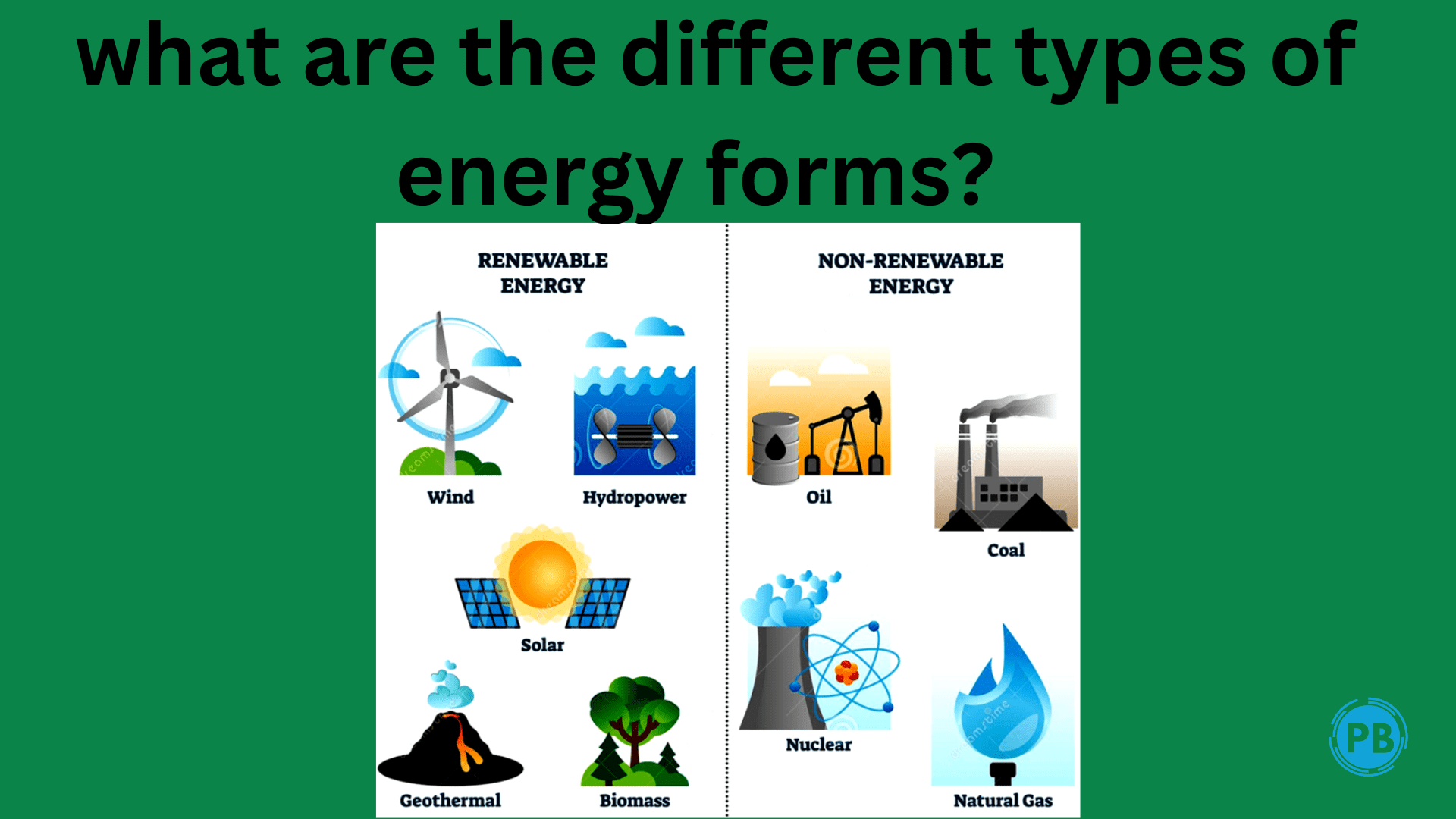
What kind of information will you get from this blog?
- What are the diffrent types of energy sources?
- what is the diffrence between renewable and non renewable sources of energy?
- conservation of energy
- what are wind energy, solor energy, and hydel energy ?
Sources of energy
Anything which gives out energy is a source of energy. Usually, a source of energy gives out energy in several forms. You know that food is a source of energy for all animals. Plants are the main source of food for all animals. Plant use sunlight (i.e. energy of the sun) to make their food. This food remains in plants in the form of chemical energy. We know that wood from plants is used as a fuel. When wood burns, chemical energy changes into heat as well as light. The sources of energy can be put mainly into two categories-renewable and non-renewable sources. Let us study these sources one by one.
(A) Non-renewable sources of energy
You know that in the present situation coal, petrol, natural gas and diesel are the major sources of energy. But their stock is limited and it is exhaustible. These sources cannot be used again and again. Hence, a source of energy which is limited in stock and is exhaustible is called non- renewable source of energy.
Seeing the present energy requirements and accelerated rate of development in future, it is expected that our oil and natural gas reserves may last only for another 30-35 years, if no new sources are discovered. Coal reserves may last for another 100 years. So we must judiciously use these non-renewable energy sources and try to avoid wastage.

(B) Renewable sources of energy
Water, wind, sunlight and biomass are called renewable sources of energy, since they can be used again and again and are not exhaustible. Moreover, they are available free of cost and also do not pollute the environment. Therefore, efforts are being made to use the energy available from them.
(i) Solor energy : The sun has been providing us heat and light for billions of years and it is expected that it will continue to provide these energies for billions of years to come. All plants get their energy from the sun and the animals mainly get their energy from the plants. Therefore, it may be concluded that sun is the ultimate source of energy for animals. Even the energy stored in butter, milk and eggs comes from the sun. Why do we say so? The sun, in fact, is the ultimate source of energy for all living beings.

(ii) Wind energy : You must have seen a phirki. It is also called a wind-vane. What happens when you blow air on the blades of a phirki? It starts rotating. Therefore, we can say that wind has energy which can be used for different purposes. Wind energy is freely and easily available without any cost. It is a clean source of energy and does not pollute the environment. It is a reliable and dependable answer to energy crisis.
Many parts of our country which are windy on most of the days have windmills to pump water and generate electricity. These windmills are big wind vanes in which wind energy is used.

(iii) Water or hydel energy : Like moving air (wind) running water is also a source of energy, which is free and does not pollute the environment. The energy of flowing water is used to transport heavy logs of wood from one place to another. In hydroelectric-power stations the energy of water is used to generate electricity . The running water provides energy to rotate the wheel of a turbine which helps in the generation of electricity.

(vi) Energy from biomass : Biomass is one of the best sources of energy. Biomass means the waste material and dead parts of living objects. It includes garbage, industrial organic waste, crop residue, wood and sewage. We can use biomass as a source of energy in the following two ways.
- by burning the dry biomass directly to produce heat and generate steam.
- by decomposition of the biomass in absence of oxygen to produce methane gas. This gas similar to the liquid petroleum gas (LPG), may be used for cooking and lighting in our homes. Besides, the residue from biomass plants can be used as a manure also.

Transformation and conservation of energy
As you have studied earlier in this lesson, different forms of energy can be transformed into each other. For example, in a thermal power station, the chemical energy of coal is transformed into heat energy of the hot steam, and then into mechanical energy of turbine. This mechanical energy is transformed by a generator into electrical energy, which passes through the power lines to various places-cities, towns, houses, factories, where it is transformed back to heat, light, sound or mechanical energy. The conversion of energy from one from to another form is called transformation of energy.
However, during these transformations, the total amount of energy remains unaltered. Thus, we can say that the energy can neither be created nor be destroyed. It simply changes from one form to another form. The sum total of all energy remains constant. This is called conservation of energy. However, in actual practice, we observe that during a transformation from one form to another, some of the energy is given out to the surroundings. This energy is called dissipated energy. Therefore, the amount of energy available to do useful work decreases after transformation, i.e., energy available for work plus the dissipated energy, is always equal to the energy before transformation.
Do you dream of turning your thoughts and words into income ? join us now and become blogger now.
Conclusion
From this blog, you a learn about different types of energy and, the difference between renewable and non-renewable energy sources.
Some related questions.
1. What is fossil fuels?
Answer: Fossil fuels have sufficient energy and established infrastructure, but their use contributes to greenhouse gases, climate change, and air pollution. Moreover, they produce limited products, leading to long-term sustainability and energy security concerns.
2.What is Biofuels?
Answer: Biofuels such as ethanol and biodiesel are renewable and carbon sources that can be carbon neutral. However, land use problems, impacts on food production and energy-intensive manufacturing need to be addressed with sustainable practices and innovative technologies.
.

please explain Nuclear Energy
Nuclear power has low energy and low greenhouse gas emissions but poses challenges such as disposal of radioactive waste, safety concerns and public opinion issues Ongoing research on advanced reactor design and waste a implementation is needed to address these challenges.